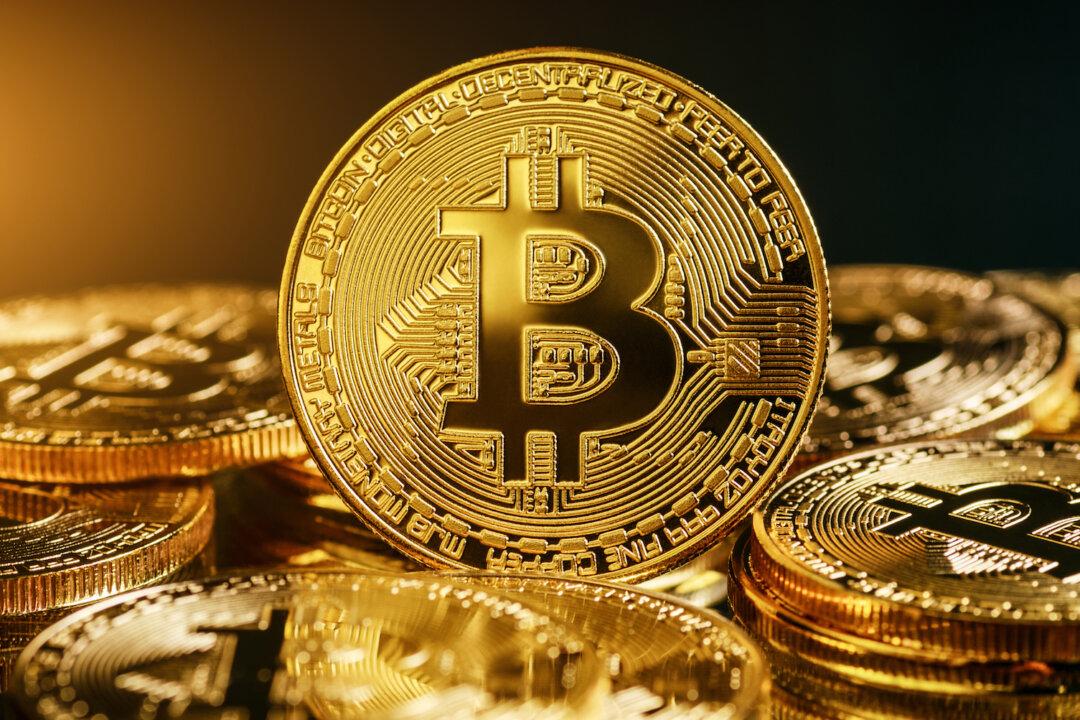It looks like bitcoin is taking investors through all of the stages of a classic bubble: euphoria, denial, fear, and desperation. When bitcoin fell under $7,000 and the market capitalization of the whole sector halved, the funeral preparations by nay-sayers were already underway.
The fact that bitcoin has already survived five such bubbles doesn’t seem to deter them.
